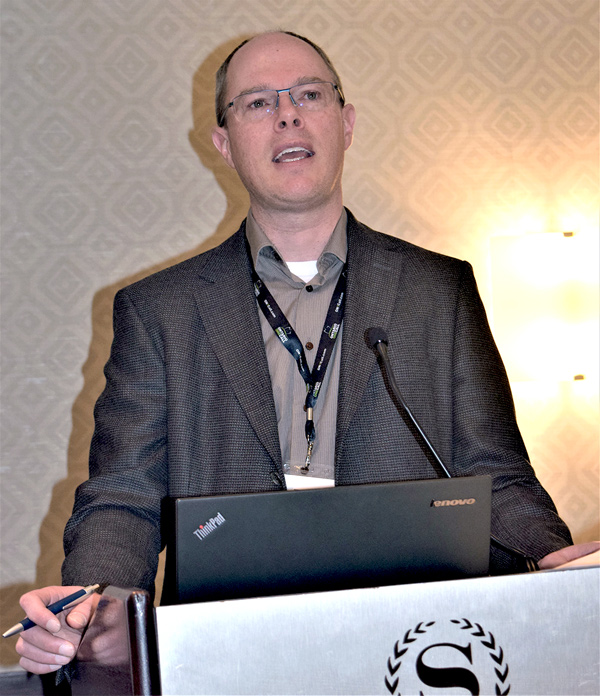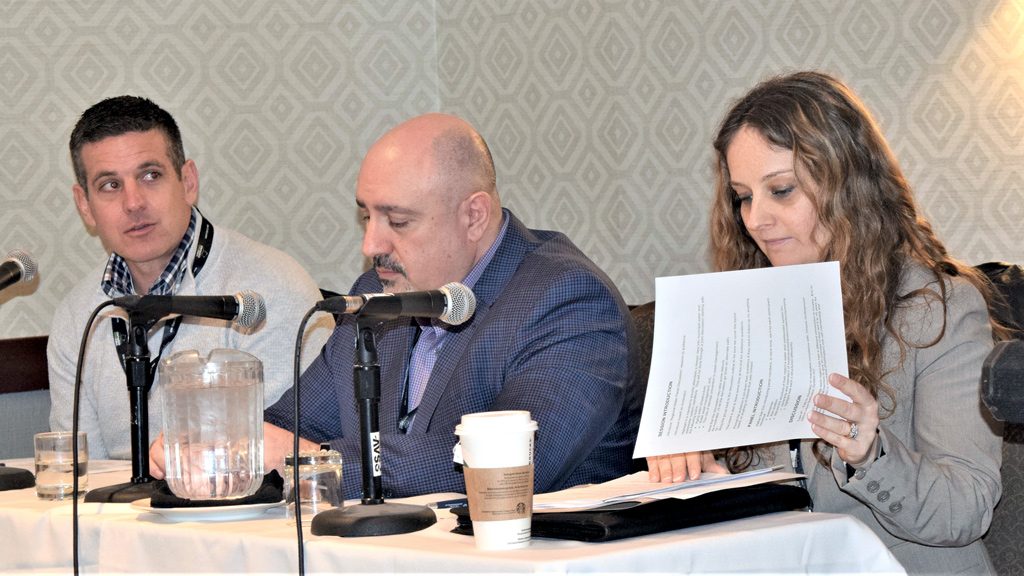Five years into the Ontario One Call regime, municipal utility damage control managers are reporting notable improvements in their ability to comply with the system’s requirements despite widespread lack of infrastructure standardization across the province, industry professionals attending a seminar on the topic were told recently.
Seminar co-ordinator Eric Boere, manager of water and wastewater linear systems at Halton Region, joined three other big-city water and wastewater managers presenting at the Regional Water Panel seminar held as part of the Ontario Regional Common Ground Alliance (ORCGA) Damage Prevention Symposium that took place in Niagara Falls, Ont. recently.
The provincial government passed the Ontario Underground Infrastructure Notification System Act in 2012, requiring mandatory use of Ontario One Call by specified utility stakeholders including municipalities starting in 2014. The act requires excavators to obtain underground utilities information before beginning a dig and gives infrastructure owners five days to produce the locate information.

Boere said in an interview after the Feb. 14 session that complete standardization of locate systems to ensure best practices among municipalities and leading to more uniform provincewide asset management is a long ways off and may not even be practical or desirable.
“It’s one frustration the construction industry has, when they cross different boundaries, different rules apply, and they have to become familiar with what rules are on the west side of Winston Churchill versus the east side of Winston Churchill,” he said, referring to a boundary roadway between Halton and Peel Regions. “It takes effort but these municipal standards are meant to accommodate differences in communities. We can’t expect a community with an LRT like Toronto to have the same standards as in Halton Hills.”
The other presenters were Virginia Masut-Rowan, supervisor, wastewater collection with the Region of Peel, Nectar Tampacopolous, a manager with Peel water operations, and Greg Epp, asset information supervisor with the Niagara Region.
During their presentations they identified multiple differences in the way their municipalities handle water and wastewater responsibilities on a systems level and also variations at the technical level, with some pipelines having tracer wire, which came into vogue in the 1980s, and other locate systems using CCTV. Some pipelines utilize saddles and others don’t, there are different record-keeping systems used, and Masut-Rowan mentioned there are unique situations where other tracing tools such as wands can’t be employed.
Epp said Niagara pipe locates are done in-house, for risk-management reasons, while Boere noted Halton contracts out low-risk water and wastewater pipe locates to a locate service provider but undertakes high-risk locates itself.
Boere said the differences in approach to risk further highlights that provincewide standardization of practices is impractical.
“Even though Halton and Peel are very similar, there are areas of difference,” he said. “It comes down to how our systems are built. There are too many factors going into what makes up our system to have standardization, so no I don’t foresee standardization happening. What you might find over time is that we merge together and start to look more similar, but probably not standardized.”
Tampacopolous and Epp reported major improvements in managing demands for locates since the Underground Infrastructure Notification System Act came into force.
Tampacopolous said there was an increase in pipe locate requests of 150 per cent the first year and his department, full of locates novices, was underequipped.
“It was an eye-opener,” he said. “We didn’t expect those volumes.”
Requests were faxed in and the fax machine couldn’t handle the volume, so papers fell to the floor and staff had to figure out the proper order of the documents.
But steps were taken to increase efficiency, compliance improved and “now it is night and day,” Tampacopolous said.
Epp said Niagara covers a huge geographic area, from Grimsby to Fort Erie, which stretches staff, but they too have developed systems that enable the Region to deal with its 16,000 tickets a year in stride.
Boere has spoken on the topic of municipal waterpipe locates previously for the ORCGA and said he hoped the February seminar would prove useful to municipalities who were latecomers to the One Call system — some had voluntarily adopted One Call before the legislation required it while others only joined when it was mandated.
“What I’m hoping is to reach municipalities that have only started being engaged with ORCGA in the last couple of years, and I think it is really a knowledge transfer. The goal here is to get some subject-matter experts in water and wastewater utilities and do some education for the water industry and allow them to ask questions,” Boere explained.



Recent Comments